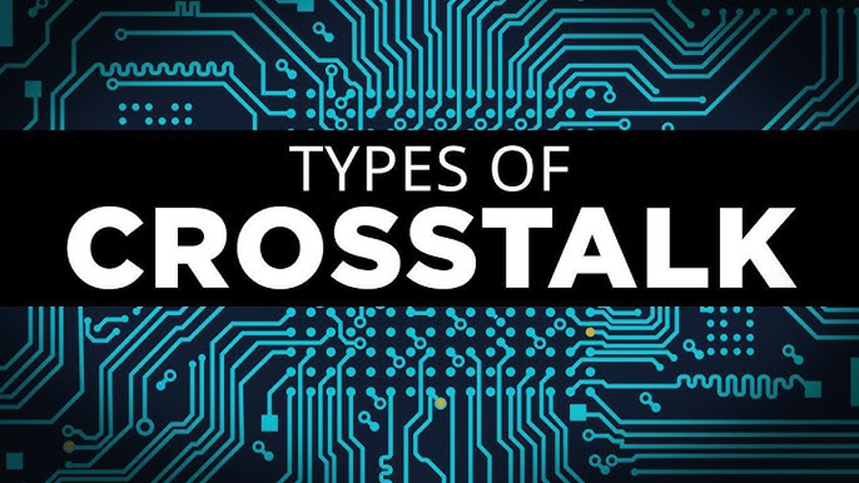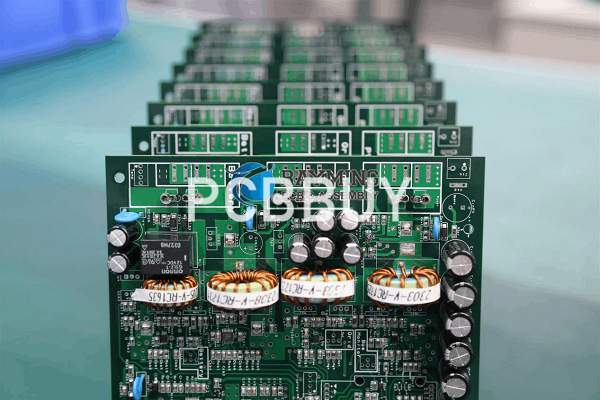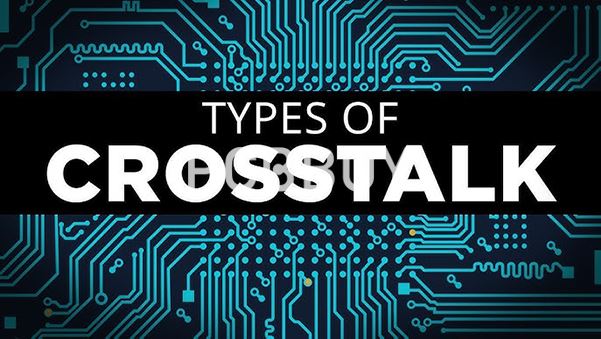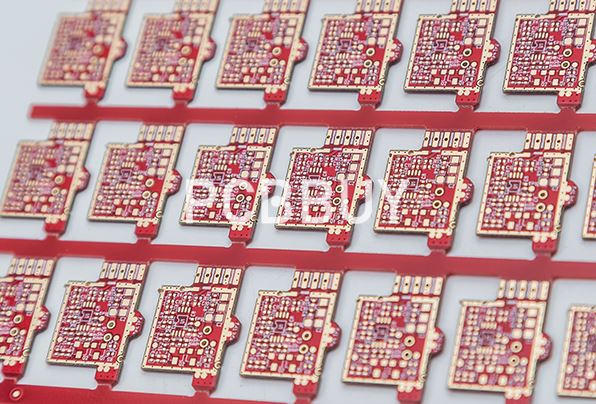How to Minimize Crosstalk in PCB with 5 Primary Factors?
By:PCBBUY 04/22/2022 10:25

Crosstalk is generally specified as a percentage of the signal that appears on the victim line, relative to the aggressor line. It can also be expressed in terms of dB below the driven line level. NEXT varies with the frequency of the transmission since higher frequencies create more interference.
In this passage, we will provide you everything about the crosstalk in PCB. If you are looking for more about the information of crosstalk in PCB, please check and read the content below.

What are the issues of PCB crosstalk?
Too much activity in a circuit board can make the transmission of a signal difficult. Think of two traces on a circuit board running together side-by-side. If the signal of one trace is “louder” with more amplitude than the signal of the other, it could over-power that other trace. And just as it can be difficult in a noisy room to keep your own thoughts straight when trying to speak, the “victim” trace on a PCB will be similarly influenced by the louder signal. The problem then is that the victim signal will start behaving like the aggressor signal instead of behaving the way that it is supposed to.
Crosstalk is defined as the unintentional electromagnetic coupling between traces on a printed circuit board. The overpowering of one signal in a trace by another one is the result of this coupling even though the two traces are not in physical contact with each other. This can happen on a PCB that has acceptable trace spacing for manufacturing but where the spacing is not acceptable for crosstalk.
In addition to the potential for crosstalk between two traces that are side-by-side on the same layer, there is an even greater risk for traces that are running parallel to each other vertically between two layers. This effect is known as broadside coupling and happens because the two signal layers are separated by only a very small thickness of core material. This distance is often less than the spacing between two traces on the same layer.
What are the issues of PCB crosstalk?
Too much activity in a circuit board can make the transmission of a signal difficult. Think of two traces on a circuit board running together side-by-side. If the signal of one trace is “louder” with more amplitude than the signal of the other, it could over-power that other trace. And just as it can be difficult in a noisy room to keep your own thoughts straight when trying to speak, the “victim” trace on a PCB will be similarly influenced by the louder signal. The problem then is that the victim signal will start behaving like the aggressor signal instead of behaving the way that it is supposed to.

Crosstalk is defined as the unintentional electromagnetic coupling between traces on a printed circuit board. The overpowering of one signal in a trace by another one is the result of this coupling even though the two traces are not in physical contact with each other. This can happen on a PCB that has acceptable trace spacing for manufacturing but where the spacing is not acceptable for crosstalk.
How to reduce PCB crosstalk?
You’ve got a great ally with you these days when working to reduce and eliminate areas of crosstalk on your circuit board, and that is the functionality in your PCB design tools. At one point, design tools were very minimal in what they could help you with, but that is no longer the case.
You can set up a vast array of design rules to specify clearances between traces and from traces to other objects on the board. You can even set up different values of clearances depending on specific nets or areas where those nets are being routed through. This will help you immensely to set your design up so as to avoid situations where crosstalk could potentially develop.
Design tools also have specific functions for routing differential pairs at specific widths and clearances, and you can set up trace lengths as well as rules to match specific trace lengths to each other. You also have the ability to specify which layers of the board certain nets can be routed on and what the preferred direction of traces on those layers should be. There are also crosstalk calculators available to you as well as other simulation and analysis tools. The design tools that we have available to us today contain all kinds of design constraint features that can help with problems like crosstalk, we just have to put them to work.

What are the causes of crosstalk?
Capacitive and inductive coupling: Capacitive coupling is due to parasitic capacitance and inductive coupling occurs due to mutual inductance.
Difference in propagation velocity: It can be avoided by trace length matching and propagation delay matching.
PCB vias: PCB vias with stubs create reflections, thus ringing which generates crosstalk. One way to avoid this is to back drill the vias.
Increased data rates: With increased data rate, the rise time increases as well. According to Faraday’s law, with an increase in rise time, the crosstalk will also increase. One way to reduce crosstalk between such signals is to increase the spacing between the traces.
Board size: As the PCB board size increases, the trace lengths also increase, and these traces behave as antennas. So, it is important to keep the trace lengths as minimum as possible.
Industry Category











